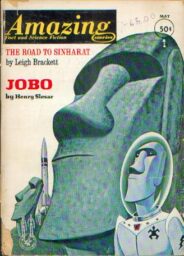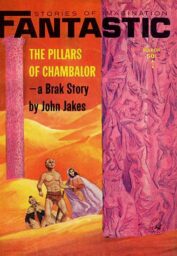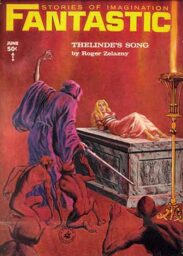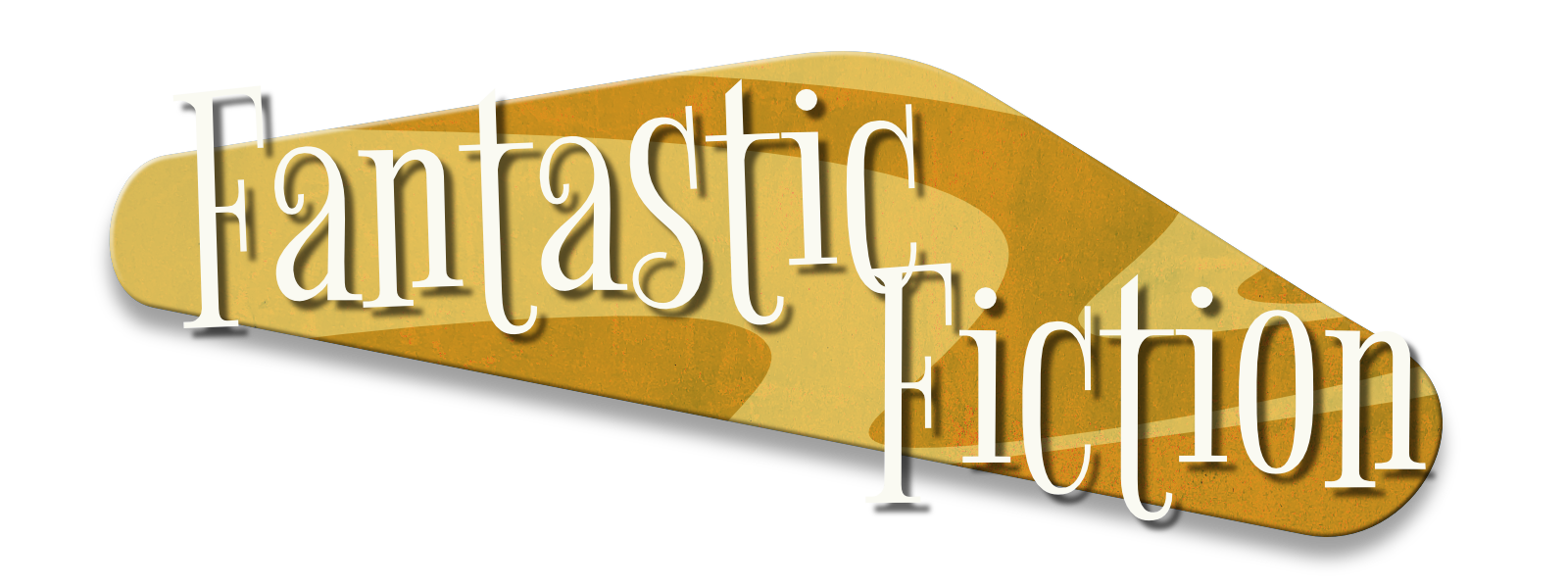 By the 1950s, the once venerable Amazing Stories, the oldest science fiction magazine, and its sister magazine Fantastic were deep in the doldrums. Both magazines were bottom-tier markets, publishing formulaic stories by the same handful of authors under various pen names.
By the 1950s, the once venerable Amazing Stories, the oldest science fiction magazine, and its sister magazine Fantastic were deep in the doldrums. Both magazines were bottom-tier markets, publishing formulaic stories by the same handful of authors under various pen names.
All this changed in 1955, when a young Vassar graduate named Cele Goldsmith arrived at Ziff-Davis Publishing to work as an assistant to Howard Browne, the editor of Amazing and Fantastic, and his successor Paul Fairman. When Fairman left in 1958, Cele Goldsmith found herself editor of two ailing SFF magazines at the age of only 25.
 When she started working at Ziff-Davis, Cele Goldsmith had no experience with speculative fiction and therefore no preconceptions about what sold and what didn’t, what was trendy, and what was hopelessly passé. What she did have was an eye for good stories and talented writers, both new and established. And so Cele Goldsmith turned the fortunes of Amazing and Fantastic around, luring back established writers like Isaac Asimov and Fritz Leiber, and discovering new talents like Ursula K. Le Guin, Roger Zelazny, Thomas M. Disch, Keith Laumer, Sonya Dorman, Phyllis Gottlieb, and Piers Anthony.
When she started working at Ziff-Davis, Cele Goldsmith had no experience with speculative fiction and therefore no preconceptions about what sold and what didn’t, what was trendy, and what was hopelessly passé. What she did have was an eye for good stories and talented writers, both new and established. And so Cele Goldsmith turned the fortunes of Amazing and Fantastic around, luring back established writers like Isaac Asimov and Fritz Leiber, and discovering new talents like Ursula K. Le Guin, Roger Zelazny, Thomas M. Disch, Keith Laumer, Sonya Dorman, Phyllis Gottlieb, and Piers Anthony.
Cele Goldsmith was willing to take a chance on stories other magazines would not touch, such as David R. Bunch’s proto-Cyberpunk Moderan stories, now considered classics of the New Wave. She also had a soft spot for the still nameless Sword and Sorcery genre, which had been dead since its brief heyday in the 1930s and early 1940s. Fantastic not only provided a new home for Fritz Leiber’s lovable rogues Fafhrd and the Gray Mouser, who’d been homeless since the demise of Unknown 15 years before, but also introduced characters like Roger Zelazny’s Dilvish the Damned and John Jakes’ Brak the Barbarian. Even Michael Moorcock’s Elric of Melniboné put in an appearance.
 Conservative readers were not always happy with Cele Goldsmith’s choice of stories, but she quickly gained the respect of both fans and writers. Her work at Amazing and Fantastic was rewarded with a special Hugo Award at Chicon III in 1962.
Conservative readers were not always happy with Cele Goldsmith’s choice of stories, but she quickly gained the respect of both fans and writers. Her work at Amazing and Fantastic was rewarded with a special Hugo Award at Chicon III in 1962.
The tenure of Cele Goldsmith Lalli, as she was known since her marriage in 1964, came to an abrupt end in 1965, when Amazing and Fantastic were sold to Sol Cohen’s Ultimate Publishing. Cele Goldsmith Lalli elected to stay at Ziff-Davis and became editor of Modern Bride, where she remained for the rest of her career.
 Cele Goldsmith Lalli died in a car crash in 2002 at the age of 69. Most obituaries focused mainly on her work at Modern Bride. But though she edited Fantastic and Amazing for only seven years, she had a lasting impact on the SFF genre.
Cele Goldsmith Lalli died in a car crash in 2002 at the age of 69. Most obituaries focused mainly on her work at Modern Bride. But though she edited Fantastic and Amazing for only seven years, she had a lasting impact on the SFF genre.
Bring your thoughts about the legacy of Cele Goldsmith Lalli and the authors she discovered and championed with you to Worldcon. Do you have more tales of foundational figures whose contributions should be better remembered—and perhaps would be, if not for circumstances of gender or national origin? We’ll continue the conversation in Seattle.
Cora Buhlert is a writer and translator from Bremen in North Germany. She’s a contributor to Galactic Journey and the winner of the 2022 Hugo Award for best fan writer. You can also find her at her website.


@seattlein2025 NEGL what i most love about that era are the mags covers. that is such a specific aesthetics, i trawl the web for them.